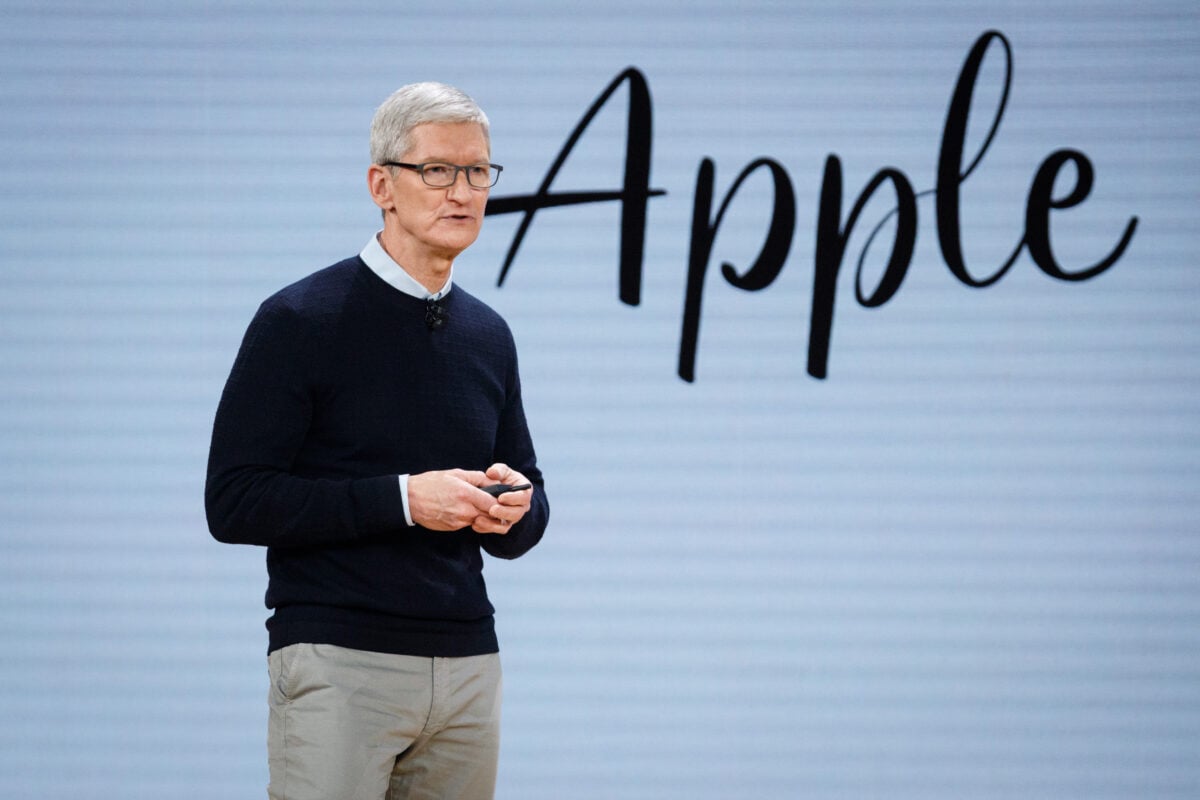TLDR;
Contents
- Apple anticipates $1.1B in tariff-related costs for the September quarter, following $800M last quarter.
- Trump-era tariffs target Apple’s global supply chain, prompting increased production in India and Vietnam.
- Despite tariff pressure, Apple posted $94B in quarterly revenue, a 10% year-over-year increase.
- Analysts warn tariffs may widen the gap between corporate giants and smaller competitors.
Apple is bracing for an additional US$1.1 billion in costs from tariffs during the September quarter, CEO Tim Cook revealed during the company’s July 31 earnings call.
These costs add to the US$800 million already absorbed in the June quarter, stemming largely from duties enforced under the International Emergency Economic Powers Act.
The tariffs, introduced during Donald Trump’s presidency, target goods manufactured abroad, especially in China, where Apple previously centered much of its supply chain. While the tech giant has diversified manufacturing to other countries, the financial strain remains significant.
Diversifying Production to Counter Geopolitical Risk
In response, Apple has shifted substantial production away from China. Roughly half of all iPhones sold in the U.S. are now made in India, while most MacBooks, iPads, and Apple Watches are being produced in Vietnam. This supply chain realignment is part of Apple’s broader strategy to mitigate geopolitical disruptions.
The company has also committed US$500 billion to expand its manufacturing footprint in the United States over the next four years, an initiative designed to not only navigate tariff hurdles but also align more closely with Washington’s call for domestic manufacturing.
Apple’s approach reflects a broader industry trend, where supply chain flexibility has become a vital strategic asset. Analysts estimate that 15% to 20% of Apple’s global production could soon be permanently based in India and Vietnam, signaling a long-term shift in tech manufacturing geography.
Revenue Up Despite Tariffs
Despite mounting trade-related expenses, Apple continues to thrive. The company posted a 10% year-over-year revenue increase, hitting US$94 billion between April and June. Strong demand for iPhones and Macs contributed heavily to this growth.
Cook emphasized that the company’s size and financial muscle give it a unique advantage in absorbing costs that might cripple smaller players.
“We’re built to adapt, and that’s exactly what we’re doing,” he said.
However, the long-term sustainability of such adaptations remains in question, particularly if tariffs increase or if other countries adopt similar trade barriers.
Small Firms Bear the Brunt as Apple Gets Special Access
Apple’s dominance also exposes growing inequities in how companies manage trade pressures. While Apple reportedly secured exemptions from some tariffs, such as on the Apple Watch, smaller companies lack the political leverage to do the same.
For example, Missouri-based Mid Continent Nail Corp was forced to raise prices and lay off workers due to the same tariffs that Apple managed to navigate with relative ease. Analysts at The Heritage Foundation warn that such discrepancies reinforce market dominance by well-capitalized firms at the expense of smaller competitors.
Trade policy experts argue that unless reform balances protection with equity, tariffs may inadvertently reinforce monopolistic structures in the tech and manufacturing sectors.


